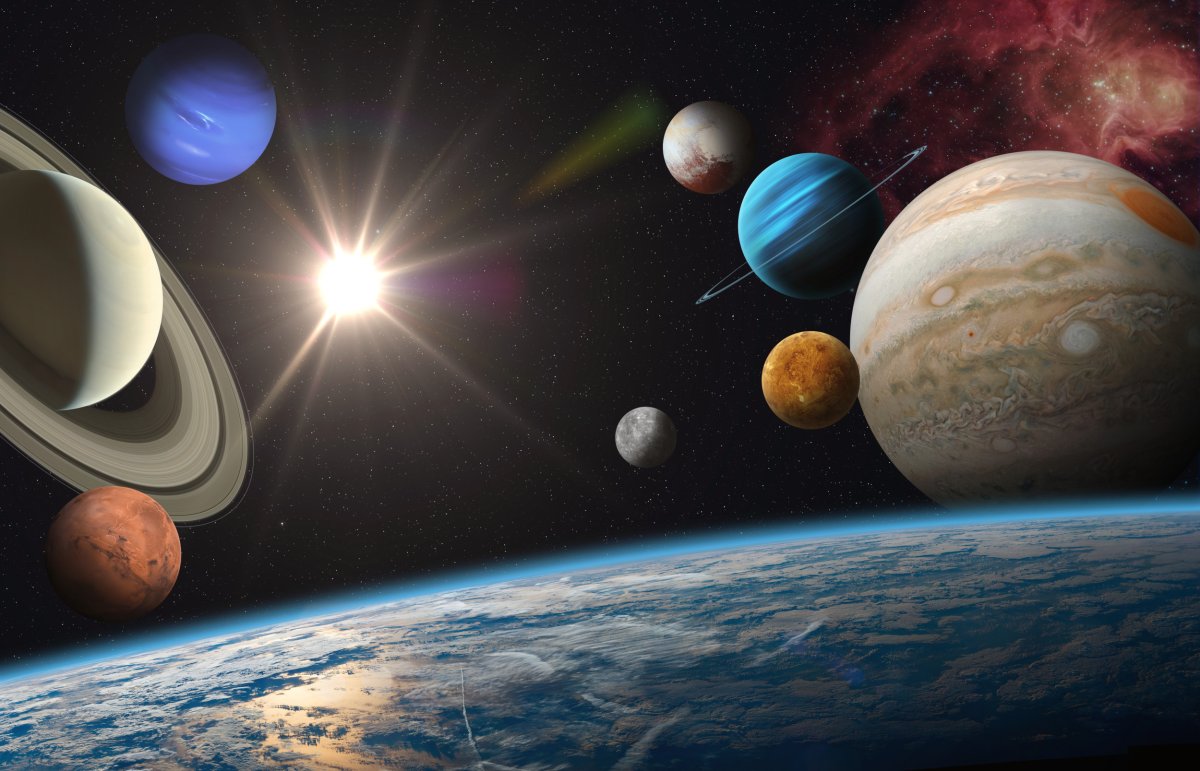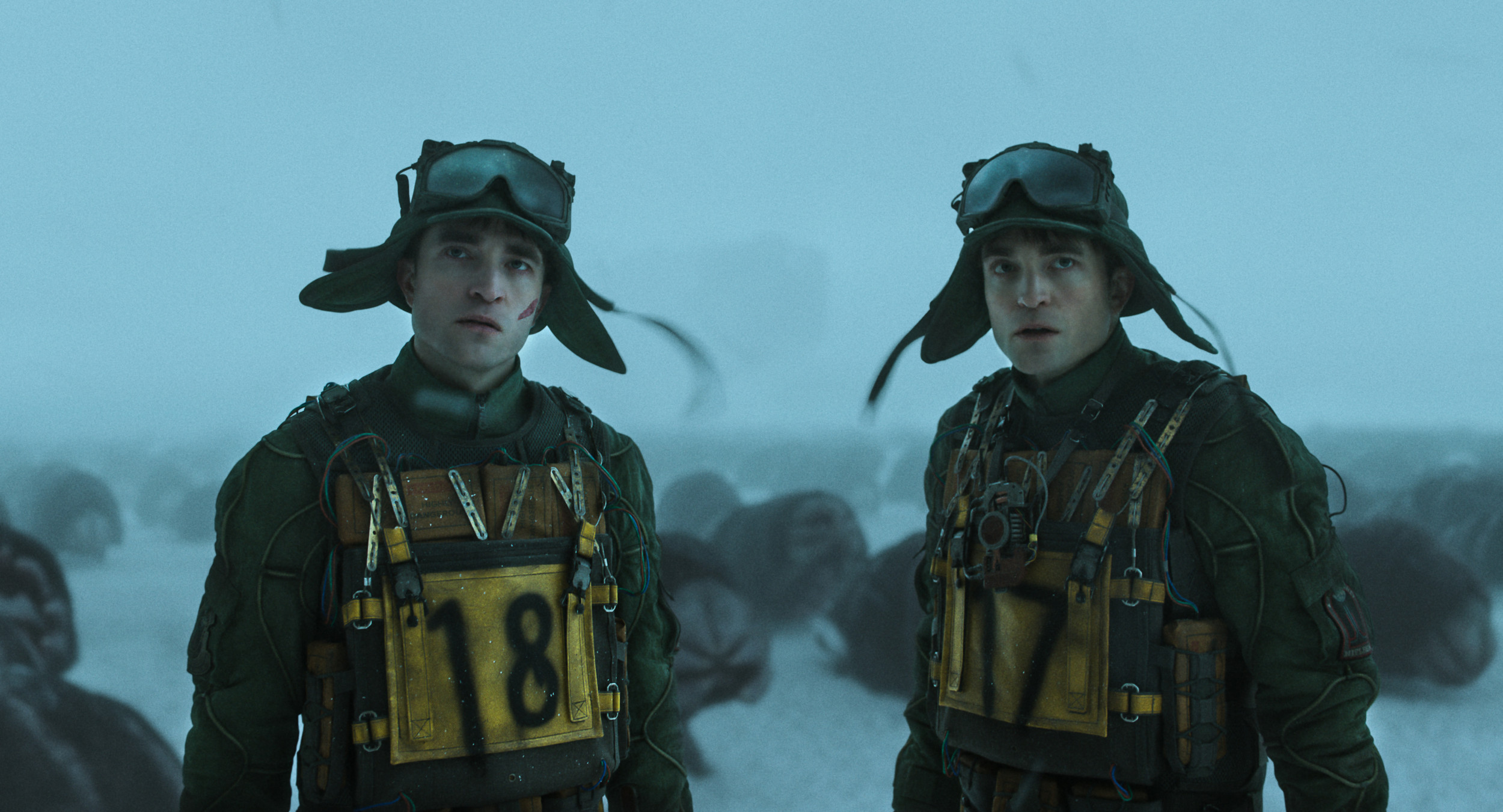Six of our cosmic neighbors are expected to line up across the night sky tonight, in what has been dubbed a "planetary parade".
Throughout much of January and February, Venus, Mars, Jupiter, Saturn, Uranus and Neptune will be visible splayed out in a long arc across the heavens, with Venus, Mars, Jupiter and Saturn being visible to the naked eye.
While Uranus and Neptune will also be involved in the line-up, these are too faint to be seen without help, and will need a telescope or binoculars to spot.
"All month after dark, you'll find Venus and Saturn in the southwest for the first couple of hours, while Jupiter shines brightly high overhead, and Mars rises in the east. Uranus and Neptune are there too, technically, but they don't appear as 'bright planets'," NASA's Preston Dyches explained in a stargazing video guide.

The planets in our solar system orbit the sun in roughly the same plane, known as the ecliptic, which is tilted relative to Earth's equator by about 23.5 degrees. This alignment causes the apparent paths of the other planets to trace a consistent arc across the sky.
"This is, incidentally, why we sometimes observe planets appearing to approach closely to each other on the sky, as we view them along a line while they careen around the cosmic racetrack," Dyches said.
Many media outlets have touted January 21 as the day that the alignment will occur, but in reality, the planets will be lined up and visible for much of January and February too.
However, from January 21, the moon will be less than half-full and getting dimmer, and also only rises around midnight, meaning that there will be less light pollution that might make it harder to spot the planets.
How to see the planetary parade
For best viewing, head to a location with dark skies, bringing along binoculars or a telescope to spy the dimmer Uranus and Neptune. As of January 21, Mars will be situated in the constellation Gemini near the eastern horizon, Jupiter will be in Taurus, Uranus in Aries, Neptune in Pisces, and Saturn and Venus will both be in Aquarius.
The best time to see the alignment will be between sunset and 9–9:30 p.m. local time.
"Venus is the brightest, and visible in the western sky from sunset onwards, setting early in the evening. Jupiter is the second brightest and is quite high in the southeast just after sunset," Ben Burningham, an associate professor in the Department of Physics, Astronomy and Mathematics at the University of Hertfordshire, told Newsweek.
"Mars is next brightest and will appear to viewers as very orange/red and low in the eastern sky. Saturn is faintest and is diagonally upwards and south from Venus."
How often do the planets align in this way?
The more planets involved in a given planetary parade, the less common they are, with fewer planets lining up together semi-frequently.
Two-planet alignments, or conjunctions, can happen several times a year, but those involving four or more planets are significantly less frequent, and the alignment of six planets occurs only a few times in a decade.
"While planetary parades are not especially rare, they certainly don't happen every year with six planets, nor do they occur for so long," Burningham said.
Last year, on June 3, Mercury, Mars, Jupiter, Saturn, Uranus, and Neptune could all be seen lining up in the night sky.
What planets will be visible?
January and February, Venus, Mars, Jupiter, Saturn, Uranus will be visible at the same time throughout January and February.
However, a much more impressive lineup will be visible from Febrary 28, when Mercury also joins the fray, and seven of our solar system's planets will be visible all at once just after sunset.
On February 28, Mars will be situated in the constellation Gemini above the southern horizon, Jupiter will be in Taurus, Uranus in Aries, Venus and Neptine in Pisces, and just above the horizon in Aquarius will be Mercury and Saturn.
After this, the next alignments are expected on April 15, when Mercury, Venus, Neptune and Saturn will be visible at once and on August 11, when Mercury, Venus, Jupiter, Saturn, Uranus and Neptune will line up in the sky.
Do you have a tip on a science story that Newsweek should be covering? Do you have a question about planets? Let us know via science@newsweek.com.




















 English (US) ·
English (US) ·